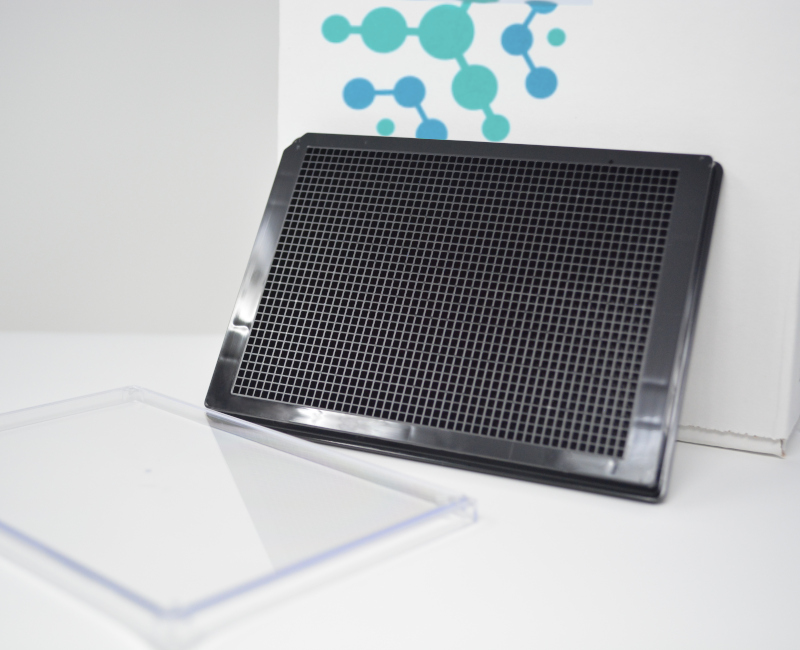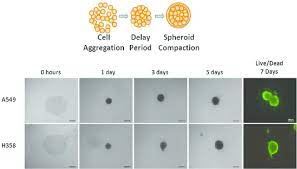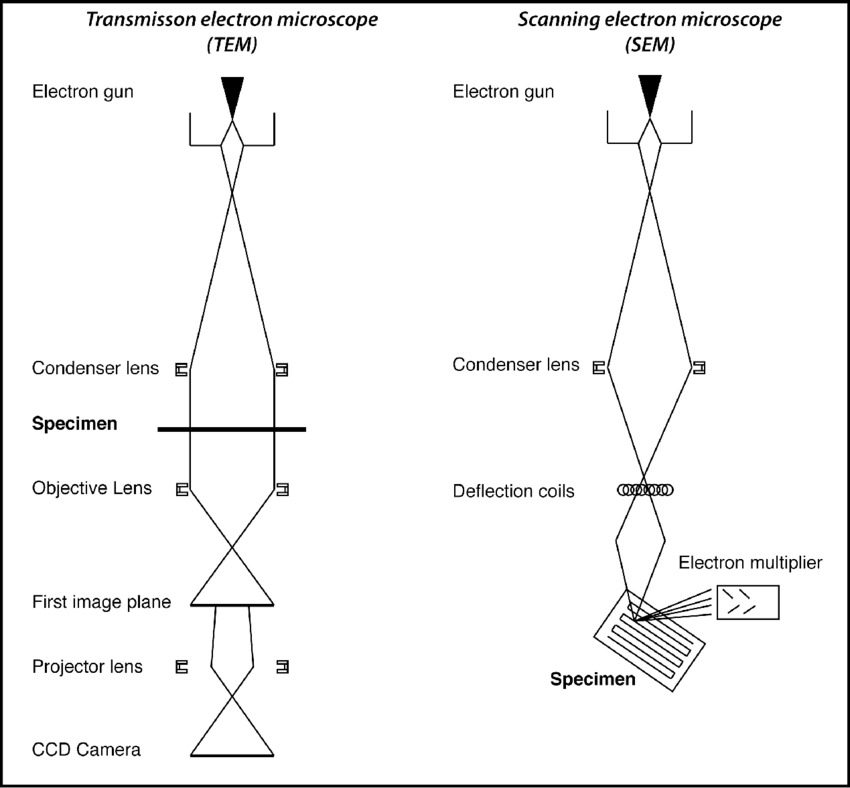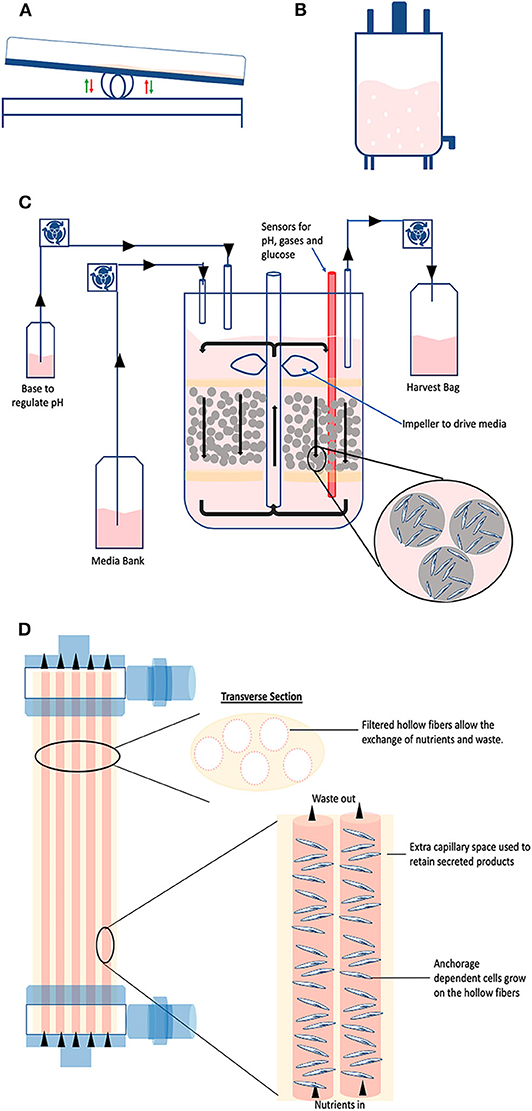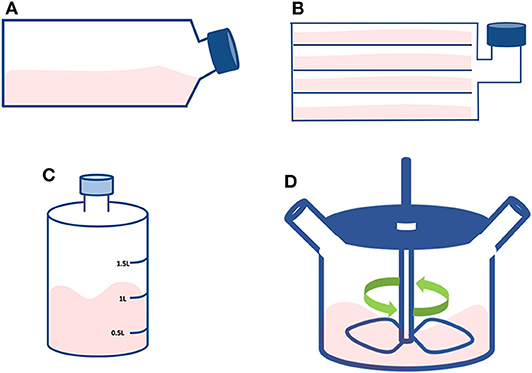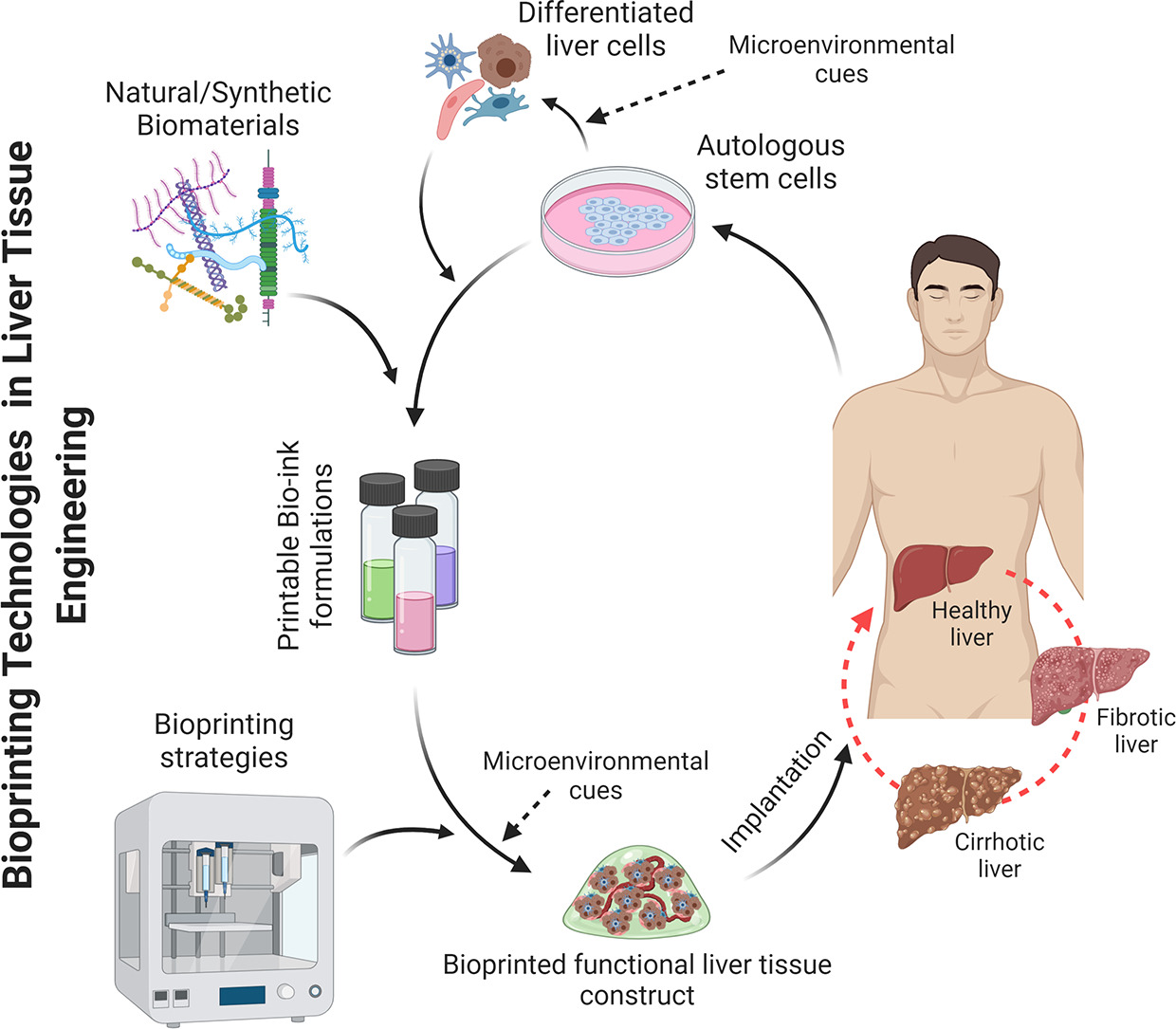faCellitate Launches new BIOFLOAT™ 1536-Well ULA Plate, Making 3D Cell Culture Even Easier and More Reproducible
faCellitate announced the launch of the BIOFLOAT™ 1536-well ultra-low-attachment (ULA) plate, engineered to deliver rapid, uniform spheroids and reproducible, high-density High-throughput Screening (HTS) readouts to simplify day-to-day 3D cell culture. With this step, faCellitate reinforces its product portfolio and reaffirms its
Introducing BIOINSTRUCT™ — Revolutionising Stem Cell Culture
Mannheim, Germany – faCellitate GmbH is proud to announce the launch of BIOINSTRUCT™, a groundbreaking synthetic coating designed to enhance the growth and maintenance of human induced pluripotent stem cells (iPSCs). This innovative product promises to transform stem cell culture
faCellitate GmbH Welcomes Industry Veteran to Advisory Board
Mannheim, December 2024 – faCellitate GmbH, a leading innovator in the field of defined surface coatings for life science consumables is thrilled to welcome Heinz Schmid, a renowned and globally recognized expert in the industry, to its advisory board. Heinz
faCellitate 2023: Cutting-edge Flat-Bottom microplates with Ultra-Low Adhesion Surface
faCellitate expands its product range with the launch of three new BIOFLOAT™ -coated flat-bottom microplates; a 96-well format, soon to be followed by 24- and 6-well plates. This innovative series is purposefully crafted as an addition to the BIOFLOAT 96-well
Spheroid Models To Study Lung Cancer
Spheroid model has been shown to have features consistent with patient specific Non-Small Cell Lung Cancer Spheroid tumours (NSCLC), characterised by extremely high clonal and morphological heterogeneity of tumours and multi-drug resistance. Lung malignancies accounts for 11% of cancer worldwide
Characterization Of Multicellular Tumor Spheroids
Multicellular tumor (MCT) spheroids are an essential tool in tumor related research, and drug screens. MCT can be defined as aggregates of heterogeneous cells, closely packed with highly dense spheroids. These cells exhibit strong cell-cell and cell-extracellular matrix (ECM) interactions
SCALE UP CULTURES AT INDUSTRIAL OR LARGE SCALE LEVELS
As the new technologies are evolving along with the new discoveries, there is a huge need to scale up and speed up the process of producing cells at a larger scale. Below are the commonly preferred devices used to scale
SMALL SCALING UP TECHNOLOGIES FOR CELL CULTURES
With the evolving tools of molecular biology and biotechnology, many scientists have found out a way to scale up the cell cultures to produce enough amounts of cells or contained medium for further purifications or subcellular fractions. Frequently used devices
SELF-ASEMBLING 3D SPHEROID CULTURES
Three-dimensional cultures provide unique platform to study complex biological processes in vitro mainly cell proliferation, differentiation, motility, and stress. However, 3D spheroid culture methods are well established in certain tissue types, it is still challenging to cultivate 3D spheroids from
3D printing Hepatic Organoids
The discovery of 3D printing technology accompanied by the development of biocompatible materials such as hydrogels has become a vital tool to advance tissue engineering. 3D bio printing involves cell laden biomaterials called bioinks and layer by layer deposition of


